The 1980s saw the rise of turbocharged engines that transformed ordinary sedans into powerful machines capable of delivering thrilling performance on the road. While today’s turbocharged cars emphasize efficiency and eco-friendliness, the ‘80s were a time when brands like Saab, Mitsubishi, and Renault embraced turbo technology to push the limits of speed and performance. In this article, we’ll explore how these three iconic cars – the Saab 900 Turbo 16S, Mitsubishi Lancer 2000 Turbo, and Renault 18 Turbo – became symbols of power and driving excitement.
Table of Contents [hide]
Saab 900 Turbo 16S – The Epitome of Swedish Engineering
Saab was one of the pioneers in bringing turbocharging to mainstream vehicles, and the Saab 900 Turbo 16S, introduced in 1986, stands as a testament to the brand’s innovative spirit. Unlike Porsche and BMW, who focused on sports cars, Saab took the route of practical performance, marketing the 900 Turbo as a safer and more efficient alternative to larger six-cylinder engines.
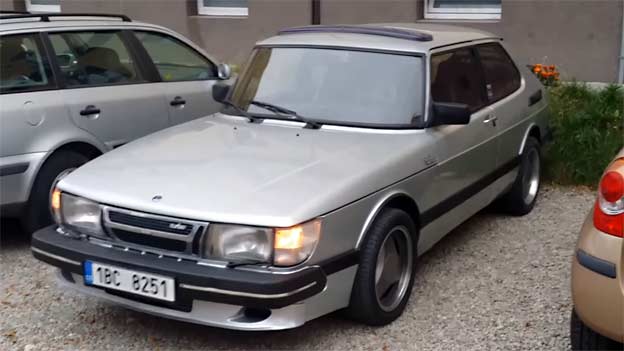
The 900 Turbo 16S boasted a 16-valve, 2.0-liter engine producing 175 horsepower, a significant jump from its predecessor, the Saab 99 Turbo, which first appeared a decade earlier. The boost in power, combined with the car’s iconic aerodynamic shape, gave the 900 Turbo an imposing presence on the road. With features like the Automatic Performance Control (APC) system, which adjusted engine settings based on fuel quality, Saab ensured that drivers could enjoy both performance and efficiency. The 900 Turbo wasn’t just about straight-line speed; it was a car that offered superior handling, long-distance comfort, and an unparalleled driving experience.
Mitsubishi Lancer 2000 Turbo – Japan’s Rally-Bred Beast
The Mitsubishi Lancer 2000 Turbo was Japan’s answer to the turbo craze sweeping across Europe. Introduced in 1982, the Lancer Turbo was born from Mitsubishi’s rallying heritage, featuring a 2.0-liter turbocharged engine producing 170 horsepower. What set the Lancer apart was its lightweight design and the ability to adjust turbo pressure manually, allowing for customization of performance levels. At standard boost, the car delivered 170 hp, but with the turbo cranked up, it could leave its rivals in the dust.
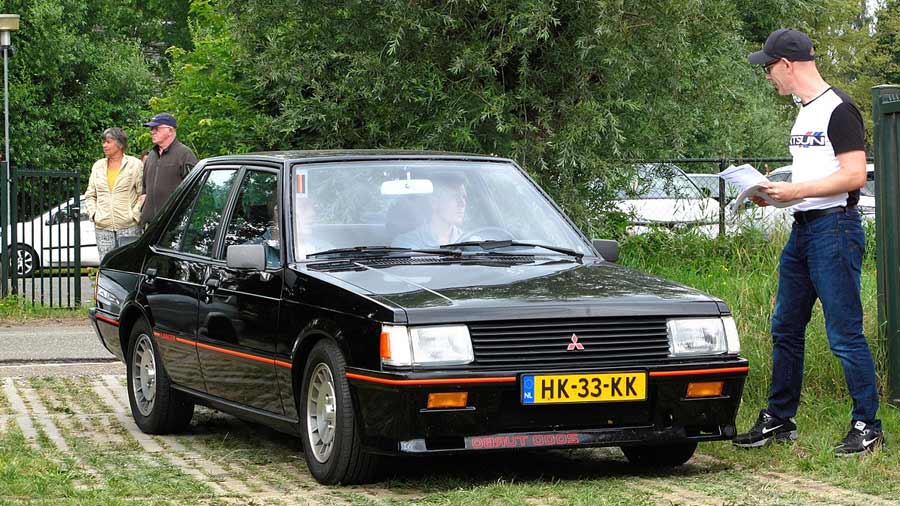
The Lancer 2000 Turbo stood out visually as well, with its aggressive front spoiler, rear spoiler, and signature “OBRUT” badge (Turbo written backward), emphasizing its raw power. The car’s rally pedigree translated well to everyday driving, making it not only a performance powerhouse but also a practical option for families who needed a daily driver with some flair. Despite its power and potential, the Lancer remained somewhat of a hidden gem in Europe, where enthusiasts appreciated its versatility and performance on winding roads.
Renault 18 Turbo – The French Experiment with Power
Renault, known for its innovative use of turbocharging in Formula 1, brought its turbo expertise to the mainstream with the Renault 18 Turbo in 1982. This car wasn’t as flashy as the Lancer or the Saab, but it represented Renault’s vision of creating an accessible yet powerful turbocharged sedan. Under the hood was a modest 1.6-liter turbocharged engine that produced 125 horsepower, delivering respectable performance for its time. What the Renault 18 Turbo lacked in raw power, it made up for with a smooth and refined driving experience.
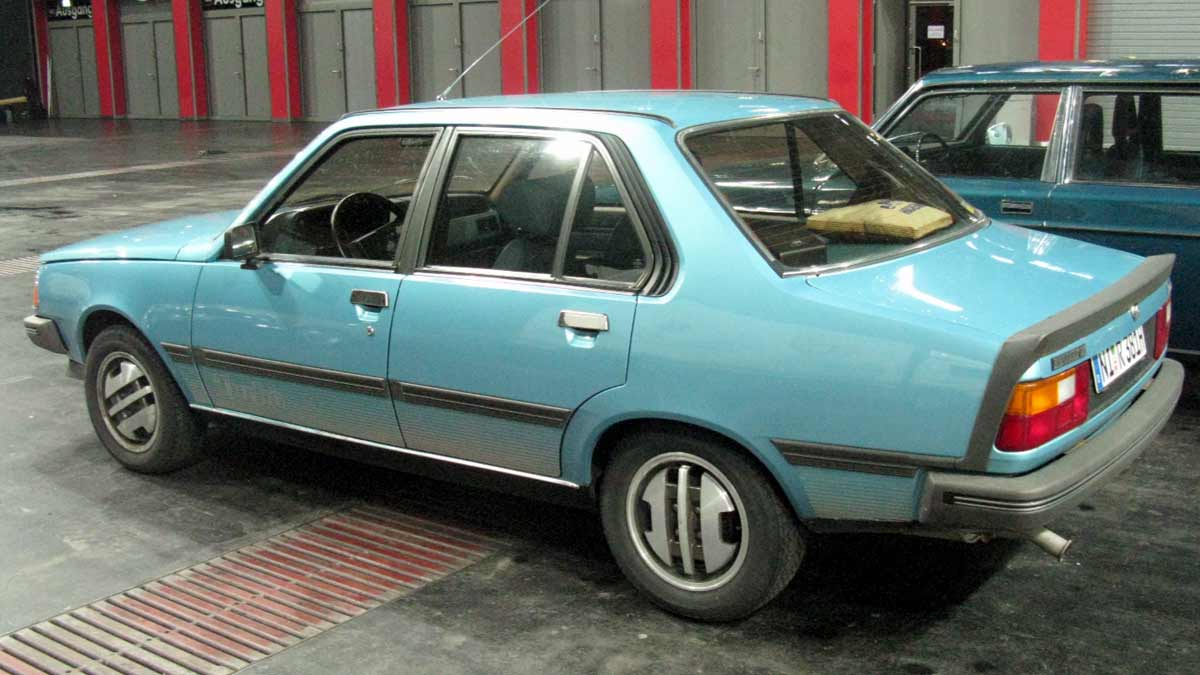
The Renault 18 Turbo featured a sleek design with sportier elements, such as a blacked-out grille, side striping, and red Turbo badging, hinting at its performance capabilities. While it didn’t boast the aggressive stance of the Mitsubishi or the technological sophistication of the Saab, the Renault 18 Turbo had a charm of its own, appealing to drivers looking for an affordable turbocharged experience without sacrificing practicality.
Comparing the Turbo Trio – Saab vs. Mitsubishi vs. Renault
Each of these cars brought something unique to the table in the 1980s turbo scene. The Saab 900 Turbo 16S represented a perfect balance between performance and practicality, with its innovative features and Scandinavian design philosophy. On the other hand, the Mitsubishi Lancer 2000 Turbo showcased Japan’s rallying prowess and offered an exhilarating driving experience, especially when pushed to its limits. Finally, the Renault 18 Turbo, while not as powerful as its competitors, provided a refined and comfortable ride that still packed a punch when needed.
While modern turbocharged cars focus on efficiency and emissions, these 1980s models were all about power and excitement. They appealed to different kinds of drivers: those looking for safe yet exhilarating performance (Saab), rally enthusiasts seeking an adrenaline rush (Mitsubishi), and drivers who wanted an accessible turbo experience (Renault). Today, these cars are highly sought after by collectors and enthusiasts who appreciate their place in automotive history.
Legacy of the Turbo Era
The 1980s turbo revolution changed the automotive landscape, ushering in an era where performance became more accessible. Saab, Mitsubishi, and Renault played key roles in this transformation, each contributing to the development of turbo technology in their own way. The Saab 900 Turbo 16S became an icon of Swedish engineering, the Mitsubishi Lancer 2000 Turbo earned a legendary status among rally fans, and the Renault 18 Turbo carved out its own niche as an affordable yet powerful sedan.
As we look back on these cars today, they stand as reminders of a time when turbocharging was still a novelty, a technology that promised both performance and efficiency. These cars may not be as fast or as efficient as today’s turbocharged vehicles, but they will always be remembered for the excitement they brought to the roads.
For further reading on this trio of turbocharged legends, check out the original article from Auto Week Magazine.



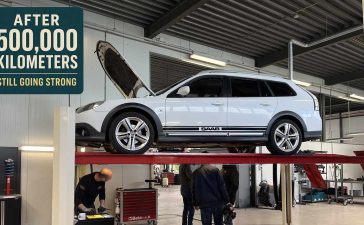




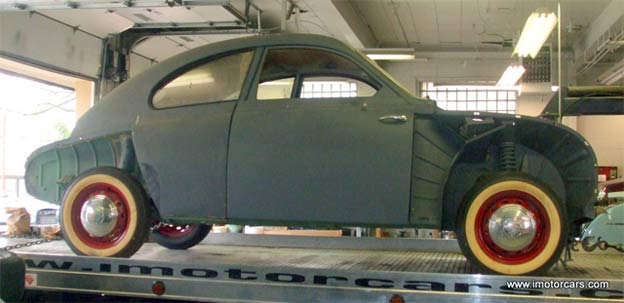

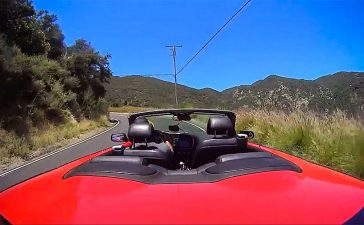
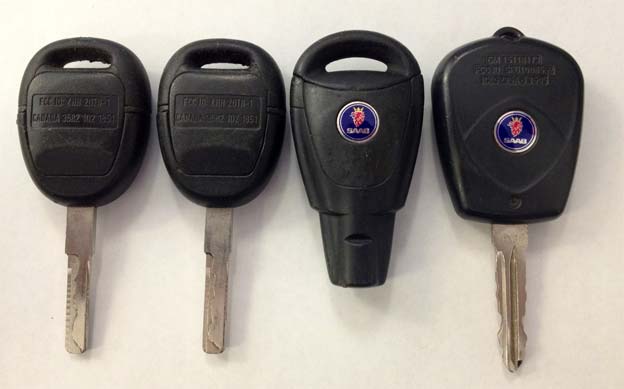
Saab wins every time, looks, performances, build quality, performance, just awsome.
I had 2 Saabs one 8v turbo and then a 16v turbo afterwards
I also had a lancer gsr turbo before them
Saab wins on design , interior , build Qaulity, ride Qaulity , luxury
My old Lancer turbo though nice cannot compete on those points
It was built like a coke can in comparison
Its like comparing an apple to an orange
The Renault is not even in the same league as the other two
Sorry guys but the Mitsubishi wins. The Saab is a gallant second though.